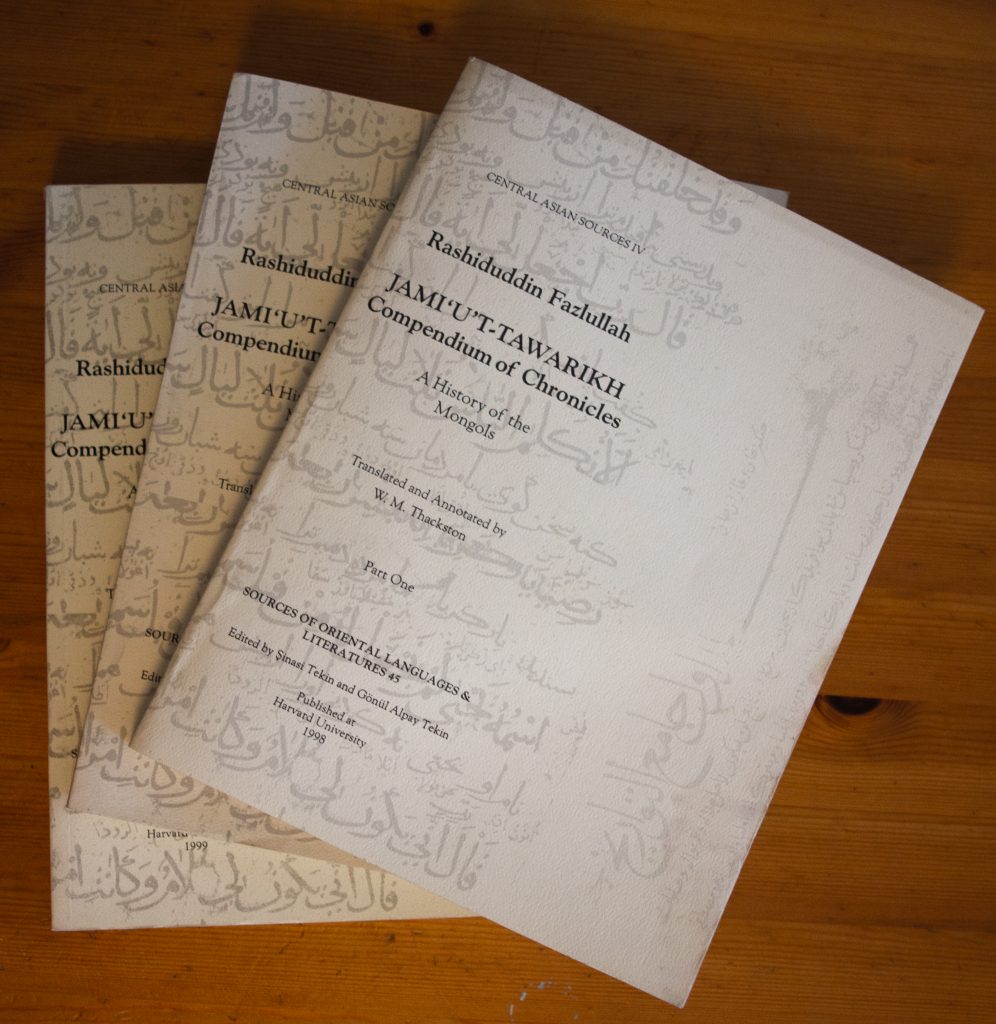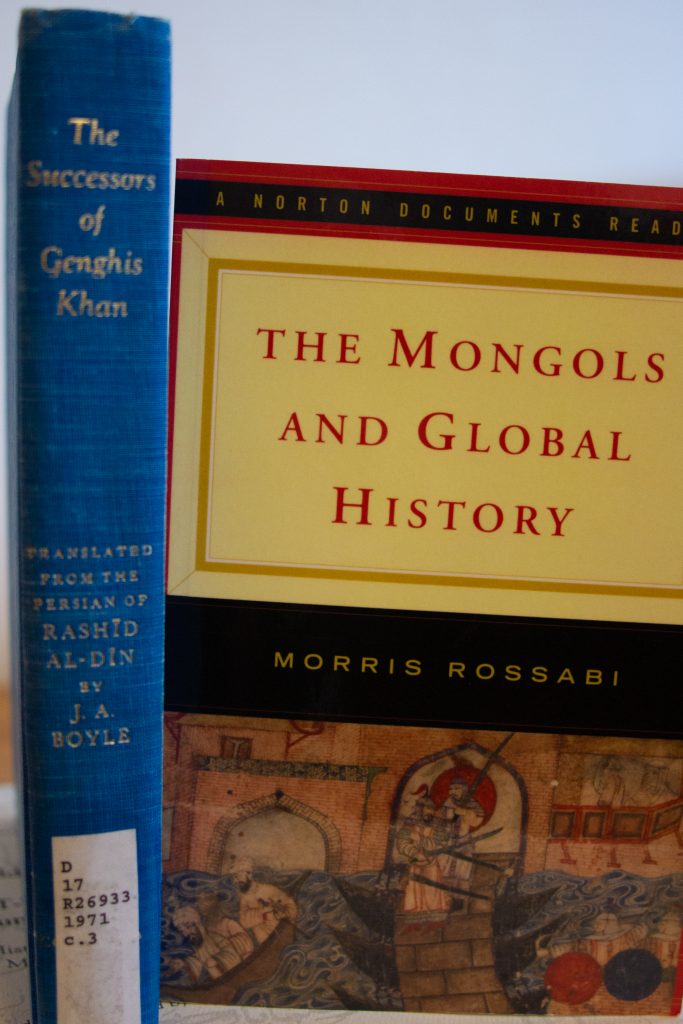It is with some surprise (for myself mostly) that the next instalment of the Rise of Temujin is ready to go, just a month after the previous one. This episode picks up from the abandonment of the family and follows Temujin through his youth, recounting the main stories the Secret History uses to show the hardships he endured. It is a more narrative driven episode, with not quite as much analysis as I would like, but with these sources there is sometimes just no option other than to focus on the story. At this point there is still less certainty about the order in which the events took place, how old Temujin was when they happened or if the stories are even true. The main primary source used for this episode is still The Secret History of the Mongols.
The complete source list for this miniseries can be found here:
http://mongolempirepodcast.com/episode-3-the-sources
Looking forward, as I tend to do in these blog posts, work continues on 3.3 and research has started on the short episode about the Kereyid tribe and their khan, Toghoril. The lives of Toghoril and Temujin will soon become deeply entwined in the main narrative so it seems appropriate to provide an introduction to the most controversial leader on the steppe.
These next episodes will include information taken directly from the English version of Rashid al-Din’s Jami’u’t Tawarikh, translated by W.M. Thackston. The three-volume set is the most important primary source for this period, yet has been the hardest to obtain. There is a Russian translation that comes in four volumes; vol. 1, part 1 and 2 translated by A.A. Semenova in 1952, vol. 2 translated by P. Verkhovsky in 1960, and vol. 3 translated by A.K. Arendsa back in 1946. If your Russian language skills are any good then pdf versions of these books can be found online, but my knowledge of the Russian language is minimal at best and using Google Translate seemed like a good way to lose the nuance of the text. Another non-alternative was to use the spectacularly decorated digital version of the original 1314 Persian manuscript (MS. 20) held by the University of Edinburgh:
https://images.is.ed.ac.uk/luna/servlet/s/47z1q0
The site allows you to browse through the leaves using high quality digital images and if, like myself, you cannot read the text it is well worth looking through just to admire the illuminations.
In the end I located a copy of the Thackston version in Turkey, deliberated about buying it for a while before taking the plunge.

So, what is the significance of the text?
The Jami’u’t-Tawarikh started off as a history of the Mongol people, commissioned by the Ilkhan Ghazan. It includes the origins of the Mongols and their history as a group of related but independent tribes. It goes on to provide the ancestry of Chingis Khan from Alan the Fair, and is a complete history of the Mongol conquests through to the rulers of the Ilkhanate. In many ways, the Jami’u’t Tawarikh acts a bit like a Medieval aggregator with Rashid al-Din drawing on a large number of sources to complete the chronicle. This means that it contains a lot of information about the societies ‘embraced’ by the Mongol conquests, including those without a tradition of written history.
The scope of Jami’u’t Tawarikh was broadened by the Ilkhan Oljaitu to encompass the history of the world, but many of these parts have not survived to the 21st century.
If you want to have a read of the Jami’u’t Tawarikh, then some parts can be found fairly easily. Look out for J.A. Boyle’s translation The Successors of Genghis Khan (rather self-explanatory in scope) or Morris Rossabi’s The Mongols and Global History which is a source book containing selected passages from a number of primary sources.

I hope you enjoy the episode, and I’ll be back with 3.3 – hopefully next month!